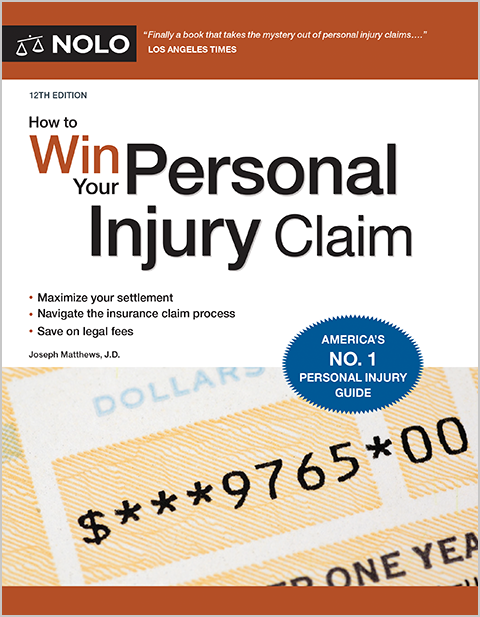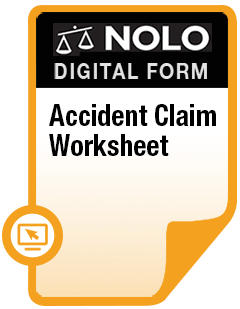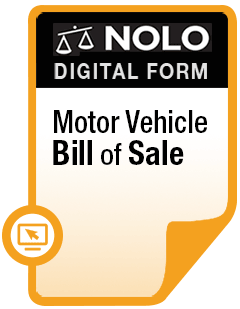Georgia's minimum car insurance coverage requirements, penalties for uninsured drivers in Georgia, and more.
Georgia requires drivers to carry liability car insurance on any vehicle registered in the state, in at least these minimum amounts:
- $25,000 for the injury or death of one person (a passenger, another driver, motorcyclist, or pedestrian) in an accident caused by the insured driver
- $50,000 for total injuries or deaths of more than one person in a single accident caused by the insured driver, and
- $25,000 for all property damage resulting from an accident caused by the insured driver.
Let's take a closer look at car insurance coverage requirements in Georgia, and how these rules are bound to affect a car accident claim.
What Does Liability Insurance Cover in Georgia?
This basic coverage pays the medical bills, property damage bills, and other costs of drivers, passengers, and pedestrians who are injured or have their vehicle damaged in a car accident you cause, up to coverage limits.
You can (and in some situations should) carry more coverage to protect you in case a serious crash results in significant car accident injuries and vehicle damage. Remember, once policy limits are exhausted, you are personally on the financial hook, so higher insurance limits can help protect your personal assets in the event of a serious crash.
Who's Covered Under My Georgia Liability Car Insurance?
Your liability coverage will kick in if any family member is driving your vehicle, or if you've given someone else permission to use it. It will likely also cover you if you get into an accident in a rental car.
Liability car insurance doesn't apply to your own injuries or vehicle damage after a car accident. You'll need different (additional) coverage for that if you're involved in a car accident and no one else's coverage applies to your losses. For example, personal injury protection (PIP) or MedPay coverage can be used to pay your car accident medical bills, and collision coverage can pay for repairs to (or replacement of) your damaged vehicle after a car accident. These kinds of add-on coverages are optional in Georgia.
Do I Need Uninsured Motorist Coverage in Georgia?
Georgia does not require that every motorist purchase uninsured/underinsured motorist coverage (UIM), as long as the policyholder rejects it in writing.
UIM coverage is a supplemental feature of your own policy that is intended to protect you if you get into an accident where the at-fault driver has no car insurance coverage at all, or carries an insufficient amount of insurance to cover your damages. UIM can also help you if you're injured by a hit and run driver.
One twist of Georgia law related to UIM coverage is that the state subdivides UIM coverage into two categories: "New" and "Traditional" coverage.
What Is "Traditional" Uninsured Motorist Coverage in Georgia?
Under Traditional coverage (or "set-off" coverage) your UIM availability is diminished by the other driver's available liability insurance. So, if you have a $25,000 Traditional UIM policy and the at-fault driver has the state minimum coverage of $25,000, the two cancel each other out; your UIM policy is completely set off by the at-fault driver's liability policy.
What Is "New" Uninsured Motorist Coverage in Georgia?
"New" UIM stacks on top of the at-fault driver's coverage; using the same numbers, you would have another $25,000 of UIM after the at-fault driver's policy is exhausted. This distinction makes it very important to understand which variation of UIM you have. (It should come as no surprise that "New" UIM coverage is more expensive than Traditional.)
How Can I Show Proof of Car Insurance in Georgia?
In Georgia, you can show proof of car insurance—when requested by a law enforcement officer, for example—in a variety of ways, including:
- by producing a physical insurance card issued by your insurance company, or
- by verifying your insurance details online using the state's Georgia Drives E-Services (this proof is filed by your insurance company in the Georgia Department of Revenue's database).
For more details on establishing your insured status, check out the Georgia Department of Revenue's Acceptable Proof of Insurance page.
What Are the Penalties for Driving Without Insurance in Georgia?
If you drive without car insurance in Georgia, you could face a variety of penalties, including:
- suspension or revocation of your vehicle registration
- multiple fines, and
- denial of renewal or reinstatement of vehicle registration.
Of course, these penalties can pale in comparison to the financial peril you might find yourself if you cause a car accident while you're driving without insurance. Especially if injuries are serious, you could be on the hook for tens (even hundreds) of thousands of dollars. Learn more about what happens when you're in a car accident and you don't have car insurance.
Getting Help After a Car Accident in Georgia
For more information on Georgia's car insurance rules and requirements, straight from the state, check out the Georgia Department of Insurance's Automobile Insurance information page. You can also get more details on the Georgia car accident laws that are bound to come into play after a crash.
Of course, you may need more than just information after a car accidet in Georgia. Learn how a lawyer can help with your car accident claim.



